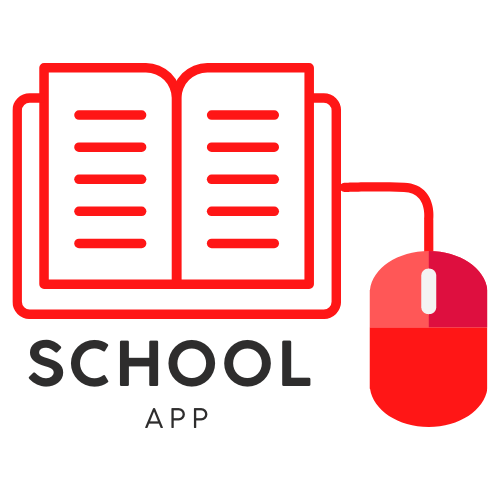How to Choose the Right School App for Your Needs
Selecting the right school app is crucial for enhancing administrative efficiency and improving communication in educational institutions. This guide provides a comprehensive approach to making an informed decision.
Step 1: Identify Your Needs
- Administrative Features: Look for apps with robust administrative tools like online registration forms and attendance tracking.
- Communication Tools: Ensure the app offers effective communication features, including messaging and notifications.
Step 2: Evaluate User-Friendliness
- Interface Design: The app should be intuitive and easy for staff, students, and parents to navigate.
- Accessibility: Check for mobile compatibility and accessibility options for all users.
Step 3: Check Integration Capabilities
- Existing Systems: Ensure the app can integrate seamlessly with your current online school system.
- Data Security: Confirm that the app adheres to strict data protection regulations to safeguard sensitive information.
Step 4: Review Support and Training
- Customer Support: Opt for an app with reliable customer support and regular updates.
- Training Resources: Look for comprehensive training materials to help users get acquainted with the app’s features.
Step 5: Consider Cost and Scalability
- Budget: Compare the pricing plans and choose an app that offers good value for money.
- Scalability: Ensure the app can scale with your institution’s growth and changing needs.
Step 6: Read Reviews and Testimonials
- User Feedback: Look for reviews and testimonials from other schools that have used the app. This can provide valuable insights into the app’s real-world performance.
- Case Studies: Some providers offer case studies showing how their app has improved school management and communication in various institutions.
Step 7: Trial and Testing
- Free Trials: Many school apps offer free trials. Take advantage of this to test the app’s features and usability.
- Pilot Programs: Implement a pilot program in your school to see how well the app integrates with your existing processes and systems.
Step 8: Evaluate Technical Requirements
- Hardware Compatibility: Ensure the app is compatible with the hardware you already have, such as computers, tablets, and smartphones.
- Internet Requirements: Check the app’s internet connectivity requirements. Apps that require constant high-speed internet might not be suitable for all schools.
Step 9: Assess Customization Options
- Flexible Features: The app should offer customizable features to adapt to your school’s unique needs.
- Branding: Some apps allow you to customize the interface with your school’s logo and colors, providing a more cohesive user experience.
Step 10: Consider Long-Term Benefits
- Future Proofing: Choose an app that is regularly updated and stays ahead of educational technology trends.
- Community Engagement: A good school app should help increase engagement between teachers, students, and parents, contributing to a supportive school community.
Additional Tips
- Data Analytics: Look for apps that offer data analytics features to help you make informed decisions based on student performance and attendance data.
- Feedback Mechanism: Ensure there is a feedback mechanism for continuous improvement based on user experience.
Selecting the right school app is a multifaceted process that requires careful consideration of your institution’s specific needs.
By following these steps, you can find an app that enhances your administrative efficiency, improves communication, and supports your educational goals. For more detailed insights and recommendations, visit swool.io.
External Links for Further Reading
- Implementing School Management Software
- Top 10 Features of Effective School Management Software
- Benefits of School Management Systems
- The Ultimate Guide to School Management Software
By following this guide, you can select a school app that enhances your institution’s operational efficiency and supports your educational goals.

